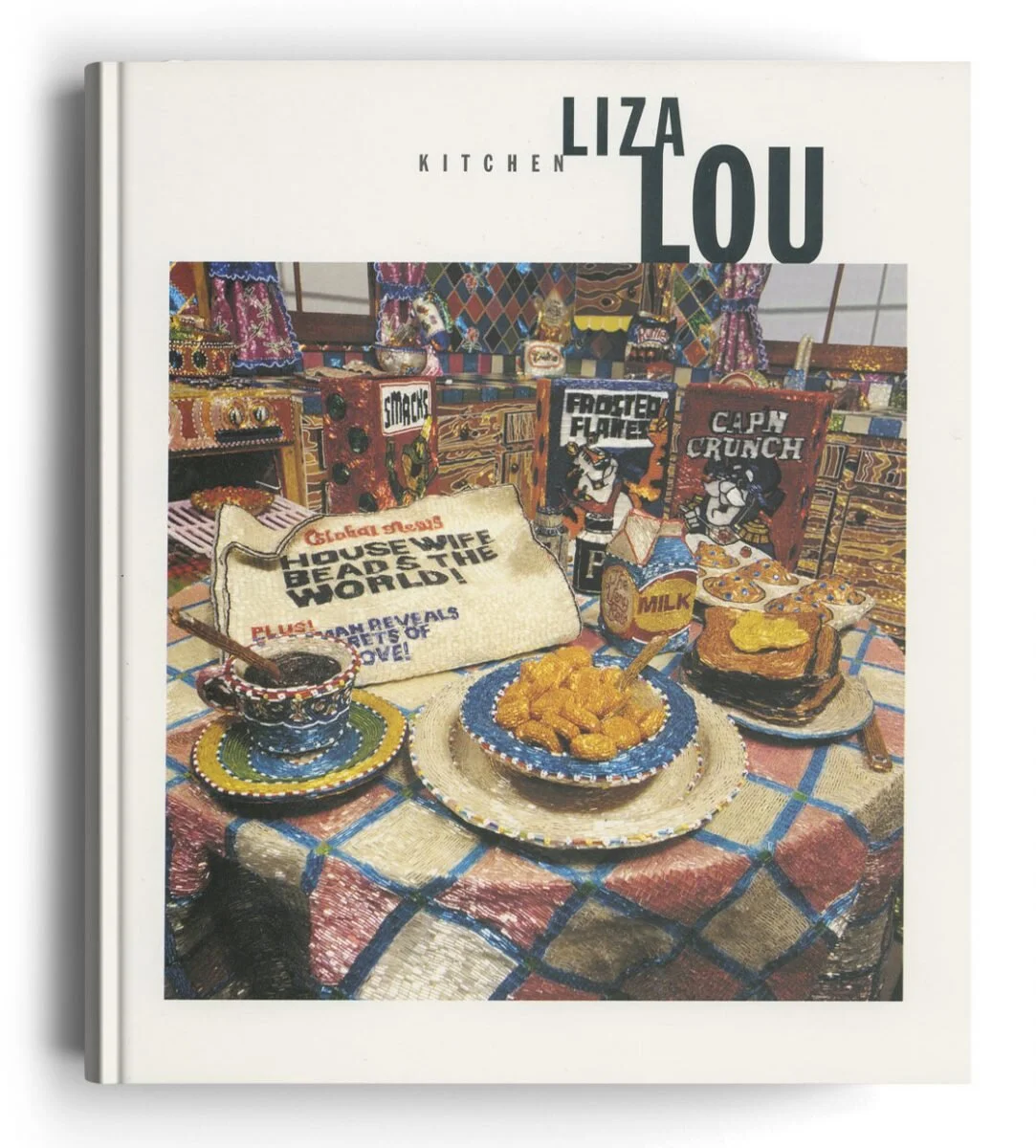 Image 1 of 2
Image 1 of 2

 Image 2 of 2
Image 2 of 2



Barbara Spring (Softcover)
The single-most important installation artist of the 50s through 70s, Barbara Spring creates whole environments of life-size figures in living rooms and galleries. She is considered a contemporary of great installation artists such as Ed Kienholz, Claus Odenberg, and figurative sculpture artist George Segel.
Beginning the late 50s, Barbara Spring defied society by not fully participating in the art world. Her lifelong determination to forge her own way and to make her own work that resembled nothing else that was being made in Northern California at the time is what makes her so unique. Her life-sized wooden figures, often of the working class, express less of the “human” and volumes more about the “human condition.”
Author: Nancy Resler
101 pages, 70 color plates
ISBN: 1-881572-74-9
The single-most important installation artist of the 50s through 70s, Barbara Spring creates whole environments of life-size figures in living rooms and galleries. She is considered a contemporary of great installation artists such as Ed Kienholz, Claus Odenberg, and figurative sculpture artist George Segel.
Beginning the late 50s, Barbara Spring defied society by not fully participating in the art world. Her lifelong determination to forge her own way and to make her own work that resembled nothing else that was being made in Northern California at the time is what makes her so unique. Her life-sized wooden figures, often of the working class, express less of the “human” and volumes more about the “human condition.”
Author: Nancy Resler
101 pages, 70 color plates
ISBN: 1-881572-74-9
















